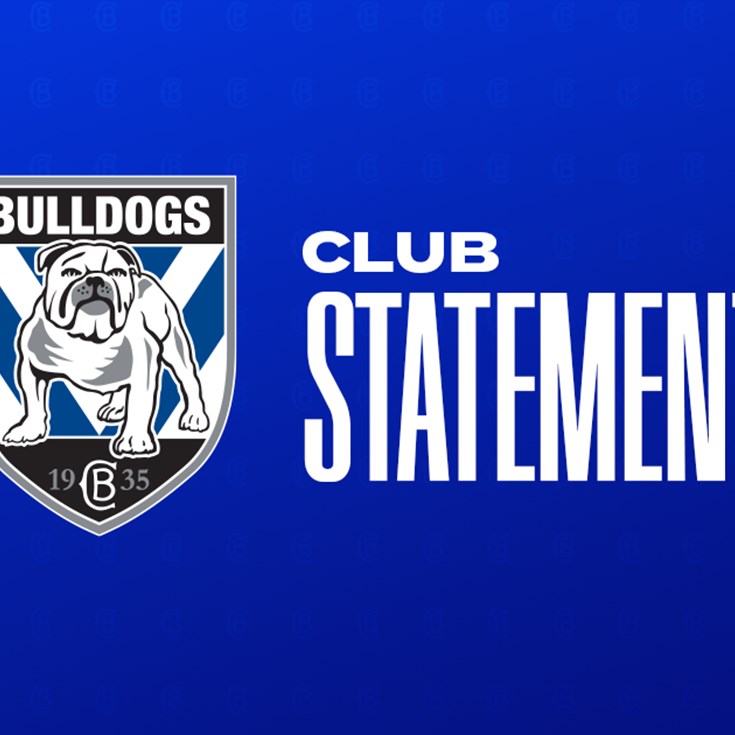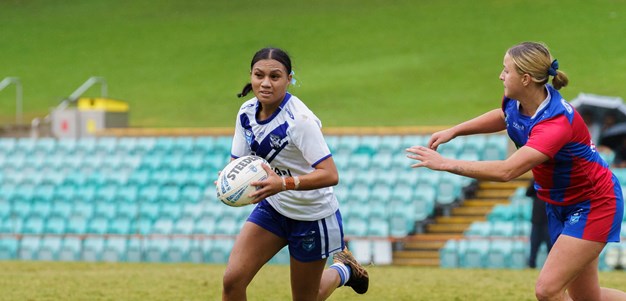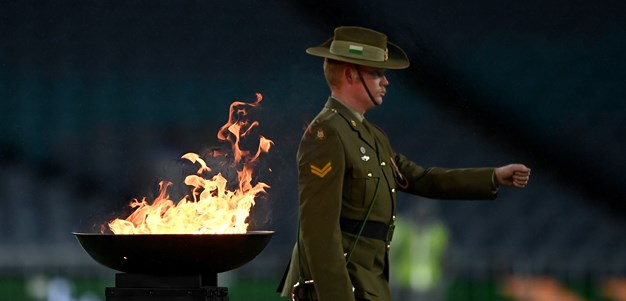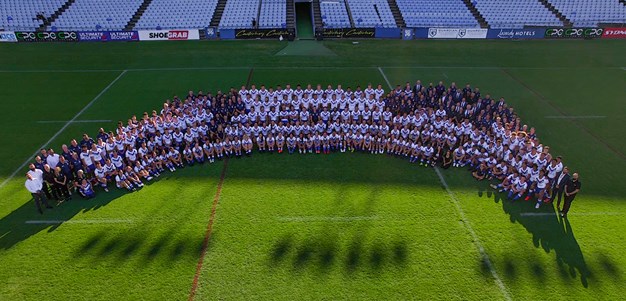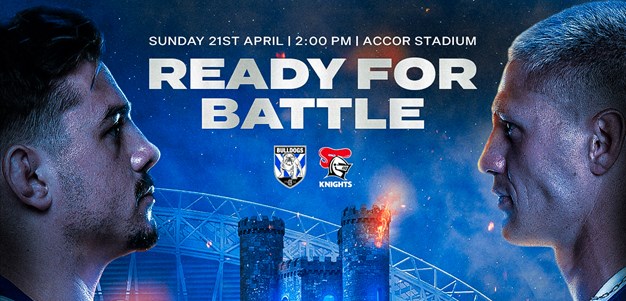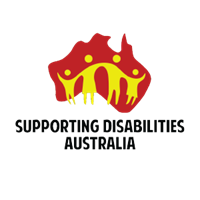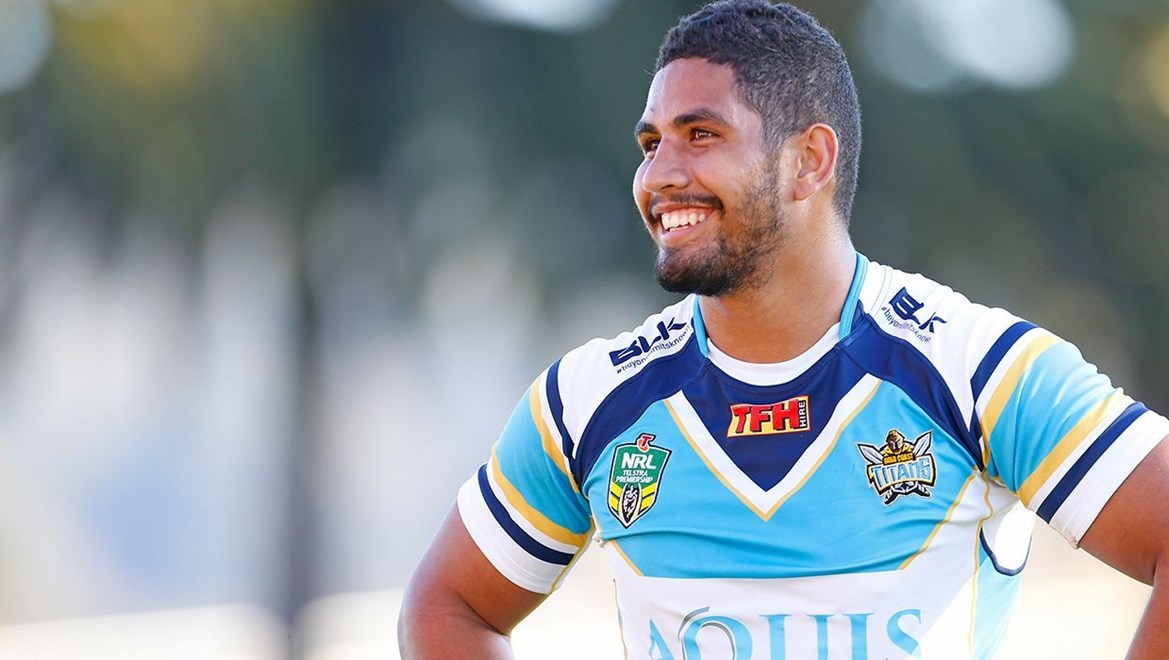

Bulldogs.com.au takes a look at five interesting stats and facts about the Gold Coat Titans ahead of our round 23 clash.
#1: DISCIPLINE COSTS
The Gold Coast Titans have conceded the most penalties in the NRL along with the Wests Tigers.
The Titans have conceded 156 penalties in 2015, averaging eight a game and the main culprits are Ryan James with 27, Nate Myles with 19 and Eddy Pettybourne with 10.
Greg Bird, Dave Taylor and Luke Douglas have all conceded nine penalties each this year.
The six forwards have contributed a total of 83 penalties this year which is 53% of the total penalties the Titans have conceded in 2015.
#2: OFFLOAD KINGS
The Titans are ranked second in the NRL for offloads with 223.
The Panthers lead the way with 308, while the Bulldogs have 209 offloads next to their name in 2015.
The Titans average 11 offloads per game and like to build their game on second phase play, but when you have the worst completion rate in the NRL with 71.6% and have completed the least amount of sets in the NRL, offloads and playing second phase footy doesn’t work if you can’t hold the ball.
The Titans have completed a total of 525 sets so far for 2015, an average of 26 a game.
The men leading the way for the Titans in offloads are – Eddy Pettybourne (19), Greg Bird (18), Dave Taylor (18), Luke Douglas (18), Nene McDonald (15), David Mead (14) and Aiden Sezer (14).
#3: DEFENCE A CONCERN
The Gold Coast Titans defence has been a real area of concern for Neil Henry in 2015 and the stats tell the story.
The Titans have conceded the second most points in 2015 with 520, averaging 26 points against them per game, while the Knights are the worst with 538 and the Roosters are number one with 262.
The Titans have conceded the second most line breaks with 98, the second most tries with 91 and the Knights are the worst with 103 and 93 respectively.
The last 20 minutes of each half has let the Titans down in 2015 with more than 60% of their points and tries conceded in 2015 coming in the second quarters of either half of footy.
They have also conceded the most try causes in 2015, have the worst tackle efficiency in the NRL, have missed the most tackles with 683 – an average of 34 per game, while the Bulldogs have missed 446 and the Broncos have missed the least with 403.
#4: DON’T FEAR THE BULLDOGS
The Gold Coast Titans have a great record over the Bulldogs in recent years.
The Titans have won four of the past five clashes against the Bulldogs, including a 28-14 victory over the eighth placed Bulldogs in round 14 and the Bulldogs only win over these five games was in 2012 when the Bulldogs defeated the Titans 30-20.
The last time the Bulldogs defeated the Titans in Sydney was in round three, 2007 when the Bulldogs ran away with a 22-6 victory.
LAST 5 RESULTS:
2015: Titans 28 Bulldogs 14
2014: Titans 19 Bulldogs 18
2013: Titans 26 Bulldogs 16
2012: Titans 25 Bulldogs 14, Bulldogs 30 Titans 20.
#5: FINDING GROUND
When it comes to finding ground, finding metres and working your way up the field, the Titans have found this area to be a real problem in 2015.
They are 16th in the NRL for average run metres per game (1437.1), 15th in the NRL for average hit-up metres per game (661.1), 16th in the NRL for average kick return metres per game (79.1), 16th in the NRL for average restart metres per game (64.4) and 16th in the NRL for average metres post contact per game with 423.6.
All this becomes a problem when you’re the most penalised team in the competition, have missed the most amount of tackles, conceded the second most points, have the worst completion rate and have completed the least amount of sets.
The Bulldogs are number two for metres post contact, number one for hit-up metres and number three for total run metres per game
